As a homeowner, one of the most frustrating lawn problems can be dealing with nutsedge.
With its invasive nature and rapid growth rate, it takes over your yard quickly if you don’t act fast. That being said, identifying and eliminating nutsedge is not rocket science – in fact, this ultimate guide gives you all the tools needed to help keep your lawn nut-free!
We’ll talk about identification techniques, preventive measures for keeping it away from future trouble spots on your property, and ways to eliminate existing nutsedge without harming other parts of your lawn.
Read on to learn more about how to master tending to a well-manicured lawn that won’t be taken over by pesky wandering grasses like nutsedge!
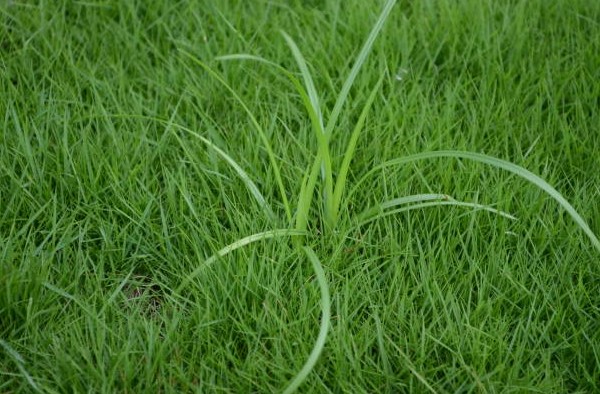
Controlling nutsedge in your lawn can be a difficult and frustrating task, but with some time and effort you can get rid of them. Nutsedges are a type of weed that is particularly difficult to control because they have tough, fibrous roots, grow rapidly, and spread quickly. They can make your lawn look unsightly, shade out desirable plants, reduce water efficiency, crowd out more desirable grasses, and worse. It’s important to take the necessary steps to eradicate them so that you can enjoy your lawn again.
The best way to manage nutsedge is through a combination of cultural, mechanical, and chemical methods.
Cultural control methods involve changing the environment or condition of the area where the weeds are growing; this includes improving drainage and irrigation practices, modifying mowing practices and fertilization rates as well as monitoring for insect or disease infestations that could contribute to bare spots in the lawn that nutsedge will quickly fill in.
Mechanical control involves hand-pulling or digging out the nutsedge plants which should be done when they are young and actively growing; however this does not always work as some of the tubers may remain in soils for years before sprouting new plants. If you are going to pull/dig these weeds out, you may want to use a tool such as a “weed claw/puller”. These tools try to pull the weed out including the entire root system to limit the ability to come back.
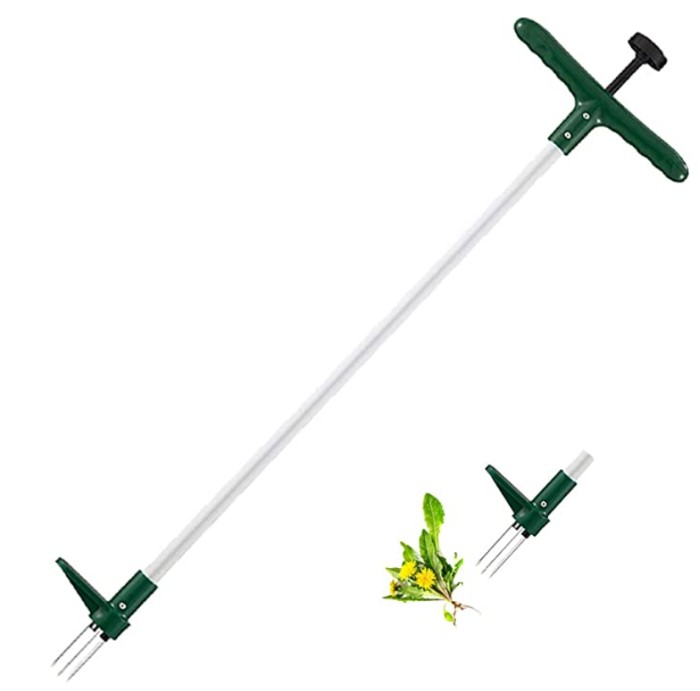
Chemical control involves using herbicides specifically designed for controlling nutsedge; these include products such as pendimethalin (sold under brands like Pre-M), halosulfuron (sold under brands like Manor), sulfentrazone (sold under brands like Dismiss) or imazaquin (sold under brands like Image). One of our favorites–and easiest to use–is the Ortho Nutsedge Killer for Lawns Ready-To-Spray. For tougher infestations and for a more advanced user (you’ll have to mix this one yourself), we have also seen a lot of success with Sedgehammer.
However, in any case, make sure you read the entire label, confirm that any product that you use is compatible with your lawn, and test in a small area before you apply more broadly!
Be sure to read all labels carefully before application as many herbicides have restrictions on their use near bodies of water or around other sensitive areas such as playgrounds or gardens.
To successfully manage nutsedge in your lawn it’s best to start early before they become established by continually scouting your lawn for any signs of young plants throughout the season; if present use mechanical means first by pulling them up then move on to chemical controls if needed.
If chemical controls are used make sure to apply them correctly according to all label instructions and follow up applications with watering if recommended.
In addition be sure to avoid introducing new sources of nutsedge into your landscape by purchasing clean soil/fill or nursery stock as tubers may exist in soil even after multiple tillings over several years; also keep tools used in infested areas clean from transferring pieces from one place to another!
With diligence and discipline you can eventually achieve success in controlling these pesky weeds!
Introduction: What is nutsedge and why is it a problem?
Nutsedge is an invasive weed that is a serious problem for gardeners and homeowners alike. It is a grass-like plant that grows quickly, often appearing in large clusters and taking over garden beds or lawns. Nutsedge can be difficult to identify from other grasses or weeds due to its dark green color and its triangular stems, but it will typically grow much faster than other plants in the area.
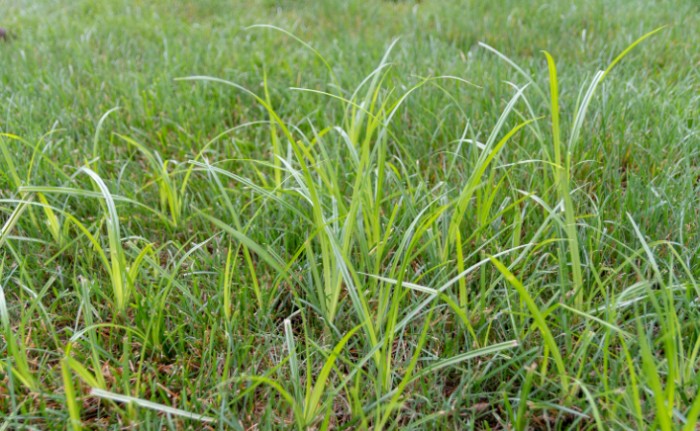
Nutsedge reproduces rapidly through underground tubers, which are small, knobby structures that store nutrients and enable the plant to survive tough environmental conditions. These tubers allow the nutgrass to spread quickly and take over any area it is growing in. The weed also produces thousands of seeds each year, making it hard to control as they can easily spread with water runoff or even a breeze. Some nutsedges will even remain dormant during winter months and then sprout again come spring.
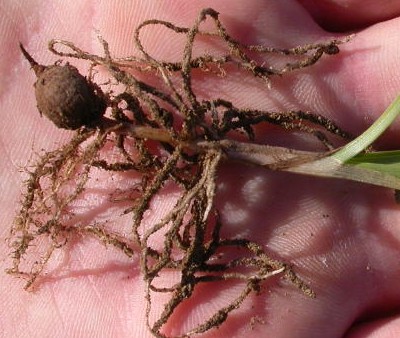
Once established, nutsedge can quickly become an eyesore with its thick foliage invading gardens or lawns and outcompeting other desirable plants for space and resources. In addition, because nutsedge has shallow roots that don’t penetrate deep into the soil like many other weeds, it can be especially difficult to eliminate once it takes hold in areas like flowerbeds or between pavers or bricks. Unfortunately, if you’re not super careful, manual removal of nutsedge can actually cause more harm than good because breaking off pieces of the root systems may just result in new plants sprouting up again later on.
It’s important for gardeners and homeowners alike to take action against this troublesome weed before it becomes too widespread. The most effective way of controlling nutsedge is through consistent mowing, as well as applying pre-emergent herbicides when needed. If possible, the best course of action is always prevention by keeping weeds away from your lawn before they have a chance to establish themselves.
Identification Techniques: How to spot and identify nutsedge in your lawn
Nutsedge is a weed that can be difficult to spot and identify in your lawn. It usually grows in patches, so it’s important to pay close attention when looking for it. Nutsedge has thin leaves with a V-shaped pattern, whereas most grasses have broad, flat blades. Additionally, nutsedge leaves are slightly rough to the touch and look shiny or glossy compared to the duller look of regular grass. The stems of nutsedge are also triangular shaped and have an appearance similar to bamboo. If you pull on its roots you may notice that they’re coarser than regular grass roots. Lastly, nutsedge produces brownish-purple flowers from late summer through early autumn that are clustered at the top of its stem.
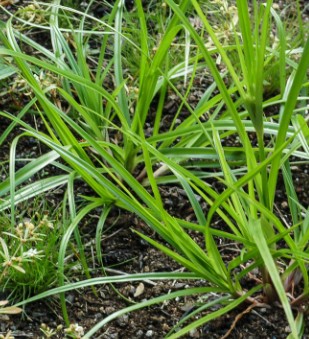
If you suspect your lawn may be infested with nutsedge, there are several steps you can take to confirm your diagnosis and get rid of it. First, double check for the visual indicators listed above before making a final judgment call. If you’re still not sure if what you’ve found is nutsedge or not, then simply pull up some plants by their roots and inspect them further using a magnifying glass.
As always, Lawn Serv customers can also send pictures anytime to our soil science team for weed identification and to build a plan to get rid of weeds for good! Click here to learn more!
Prevention Strategies: What measures can be taken to keep nutsedge away from your property?
Preventing nutsedge from taking over your property can be a challenging task, but it is possible. The most effective way to keep nutsedge away is to take preventative measures before the weed has had a chance to take root.
Firstly, make sure that you routinely mow your lawn. This helps keep the weeds short and less likely to spread. Additionally, consider using an herbicide every few months throughout the season. Be sure to read instructions carefully when applying any type of chemical as overuse or improper use can cause damage to turf and other plants in your area.
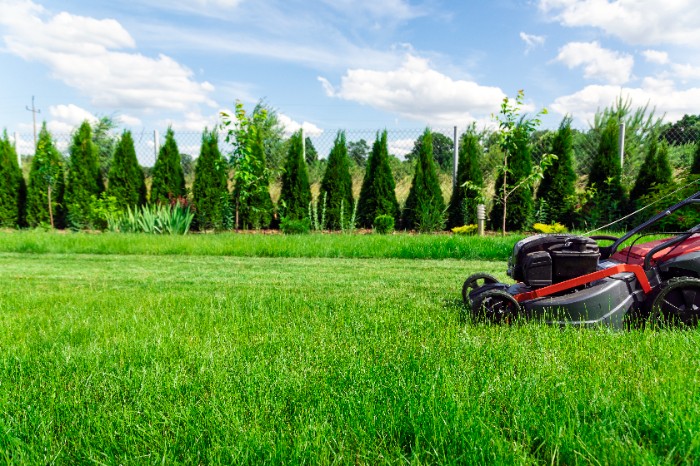
It is also important to keep soil healthy and nutrient rich so that weeds cannot get a foothold.
This can be done by regularly fertilizing with well-balanced fertilizer, aerating your lawn to allow for oxygen exchange and water drainage, and doing some form of mulching such as laying down compost or wood chips around gardens or pathways. These all help create an environment where weeds are less likely to thrive due to lack of nutrients and sunlight penetration into the ground.
Additionally, keeping an eye out for spots where nutsedge may sprout up is key in prevention. If it’s spotted early on they can be pulled out before they have a chance to spread even further. For more established plants, hand-pulling is not effective; however, cutting them off at ground level will help reduce their ability to spread further seedlings.
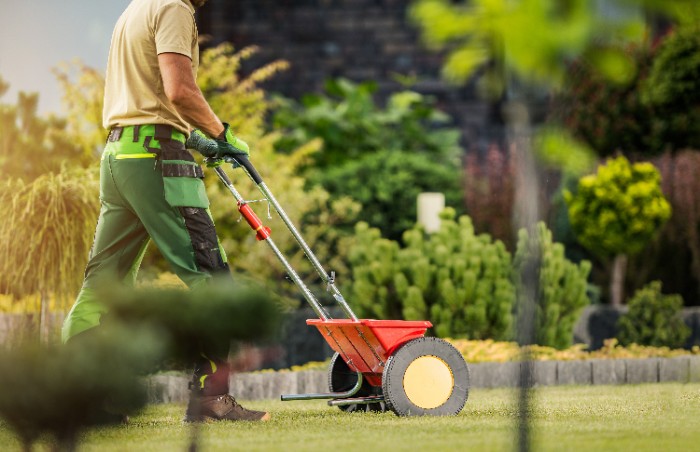
Lastly, one of the most important steps in preventing nutsedge infestation is making sure that you do not inadvertently spread them across your property or landscape through activities like mowing or moving soil around from one area of your yard to another without cleaning off the material first.
It’s also important not move firewood or other organic material from place with existing nutsedge infestations onto your property as this could easily spread these pesky weeds throughout your entire backyard if left unchecked!
Keeping your lawn nutsedge-free
Keeping your lawn free of nutsedge can be a tricky task, but it is possible. The first step in controlling nutsedge is to properly identify it. Nutsedge is an invasive perennial grass-like weed that grows faster than regular grass and has triangular stems with yellow-green leaves and seed heads. It usually grows in patches and can spread quickly if left unchecked.
Once you have identified nutsedge, the next step is to remove existing nutsedge infestations from your lawn. This can be done with manual or mechanical methods such as hand-pulling, digging out the roots, or using a hoe or trowel to scrape away the top layer of soil containing the weed’s roots. If large infestations are present, chemical herbicides may need to be used for more effective control. Make sure to follow all safety instructions and wear protective clothing when using herbicides.
Finally, prevent future infestations by maintaining a healthy lawn through proper mowing and fertilizing practices that will help crowd out weeds like nutsedge. Additionally, avoid over-watering as this will lead to more favorable conditions for nutsedge growth. Applying mulch around plants and trees can also help prevent nutsedge from sprouting up close to them in the future. Following these steps should help keep your lawn free of pesky weeds like nutsedge so you can enjoy a beautiful green space year round!
It can be difficult to stop the spread of nutsedge, but with the right techniques and a little effort, homeowners everywhere can keep their yard nutsedge-free. With preventive measures such as avoiding overwatering, providing plenty of sunlight and utilizing proper mulching techniques, you can help ensure that this pesky weed doesn’t make its way into your landscape. If you spot any visible signs in your lawn, using timely chemical treatments may be the best solution for eliminating the problem all together.
For more on how to keep your lawn nut-free year round, be sure to check back throughout the season for updates, and as always, feel free to reach out to the Lawn Serv team with any questions.

